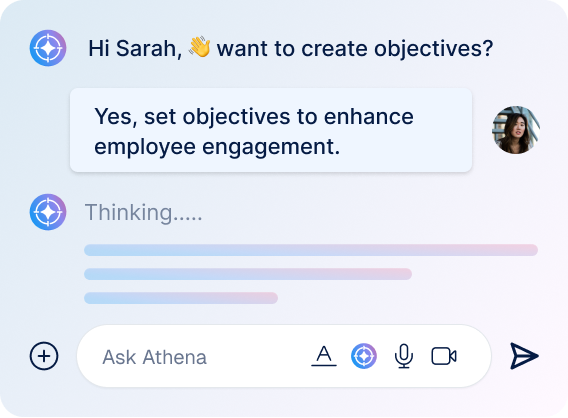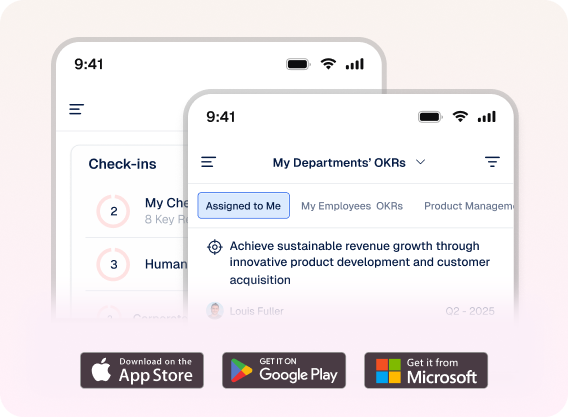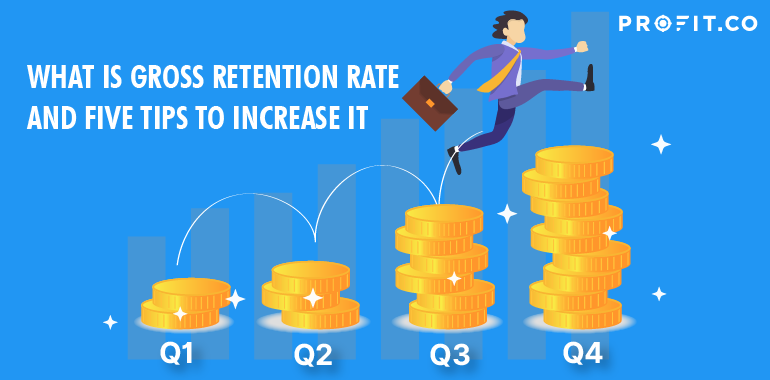Gross Retention Rates Definition
The gross revenue retention rate is the potential of your business to maintain its customers and therefore revenue within a specific period. Depending on the selling model, you can calculate the revenue retention rate;
- Monthly
- Quarterly
- Yearly to determine the effectiveness
However, measuring the gross retention rate every month is a great practice since it allows you to quickly realize the areas that require improvements. According to Bill Gates, your most unhappy customers are your greatest source of information.
Your most unhappy customers are your greatest source of learning.
Elaboration of Gross Revenue Retention Rate
In GRR, the percentage ranges from 0% to 100%. The ratio becomes close to 100% when you optimize your business processes. As a result, you get a better chance to maintain your company’s growth rate healthily.
However, when the revenue retention rate is relatively low, your business will be unstable in the long term. Subsequently, investors will lose interest in your products and services. So, it is always vital to ensure the revenue retention rate is high to stay on top of things. Additionally, it is critical to know how to calculate the retention rate.
Why Is It Essential To Understand The Gross Revenue Retention Rate?
The gross revenue retention rate plays a pivotal role in ensuring the success of every organization. So, it is imperative to understand the high retention rate meaning for the following reasons.
1. When you have a high percentage of revenue, the retention rate indicates excellent customer care service in your company. 2. A high gross retention rate indicates the profitability of your organization. 3. You can make short and long-term decisions to attract new investors when you have well-defined retention rates. 4. You will learn how to boost the return on investment (ROI). 5. You will know when to promote customer loyalty in your business and attract more customers and business to your organization. 6. It gives you a view of your income returns stability. 7. You can determine the revenue that you lose due to market or business changes. 8. You will evaluate low retention signs early enough and act accordingly to prevent revenue loss and obtain a high retention rate.Calculation of the Gross Revenue Retention Rate
The formula for calculating retention rate is relatively easy to master. Gross revenue retention reflects your company’s ability to retain its customers. It calculates the aggregate returns without expansions after deducting;
- The income churn, including the downgrades
- Cancellations
- Contract expiration
However, the revenue retention rate tends to decline as a company grows.
To determine the monthly recurring revenue, use the following formula:
Example of How to Calculate Retention Rate
Let’s take a look at an example of this formula in action. Say for example that In March, your company has an MRR (monthly return revenue) of $30,000. It ends the month with $5,000 in revenue churn due to contract expiration. The GRR for March will be 30,000 – 5,000 / 30,000 = 83%
The GRR can’t go beyond 100% because even if you maintain the renewal of the accounts without churn and downgrade, the MRR will remain the same.
Four Tips to Increase Gross Revenue Retention Rate
If your gross revenue retention rate is decreasing, you need to take action. When it comes to this KPI (key performance indicator), the earlier you take action, the better.
Below are some of the excellent tips that boost the retention rate that is vital to ensure your business’s success.
1. Get feedback and identify the key issues
If the source of your revenue is your customers, it only makes sense that you need to take care of your customers in order to improve this KPI. One of the best ways to do that is by giving customers an opportunity to air any concerns and open a continuous line of communication with your clients. You can also conduct some surveys, including the NPS survey, which will enable you to determine customer experience.
When surveying your customers, you may begin to see some common issues in their feedback. So, categorize the survey feedback according to their problems to determine most significant, everyday challenges your customers are facing. Then, you can do follow-ups and develop outstanding solutions to solve the issue accordingly.
As a result, you will always win the customer over. The survey should be a continuous process to note the feedback for any adjustments in your organization as you continue to make improvements.
2. Create outstanding onboarding plans
The onboarding process plays a critical role in ensuring the health of every business. When the onboarding process goes well, you’re more likely to gain a client’s trust and decrease the chances they’ll churn.
The onboarding process involves teaching your clients how your product or services will assist them in obtaining good results. When you sell products to customers without guidance on using it, they could get frustrated, or perceive your business as unhelpful and end up canceling their subscription with you.
Ensure that you have a solid onboarding process in place in order to better retain customers and, therefore, revenue.
3. Develop a customer loyalty program
Developing a customer loyalty program can help encourage repeat, consistent customers, ensuring that your revenue retention stays high.
Rewards can include a thank you note giving a 10% discount on shipping, a free product, or even a more detailed points system which entitles them to an even better reward over a longer period of time.
Make sure to follow-through on promised rewards to maintain your company’s reputation and to see the benefits of your program in your KPIs.
4. Use a customer relationship management (CRM) system
CRM systems play an essential role in ensuring that both your customer retention and your revenue retention stay high. When customer information is funneled to one easily-accessible location, it’s easier to tell which customers you need to check up on, or catalogue any issues they have faced.
Always ensure that you go through the former conversations and determine factors that lead to success. Additionally, ensure that your representatives develop outstanding communication skills with clients to build rapport, which is vital for their retention.
FAQs
What Is An Excellent Gross Retention Rate?
The highest possible value of gross income retention rate is 100%. All over the SaaS firms, the median retention rate is 90%. On the other hand, for SaaS companies that sell in small and medium businesses, an excellent gross retention rate is around 80%.
How Do You Calculate The Gross Retention Rate?
While calculating the gross retention rate, you determine the monthly return revenue minus churn and contractions divided by the monthly return revenue at the beginning of the month.
What Is The Gross Revenue Retention Rate?
The gross revenue retention rate is the proportion of repeating income you retain in a particular time, excluding the profits because of the upgrades.
Profit.co’s OKR management platform has all the intuitive tools that your team needs to track this KPI and many others. You can create custom KPI boards to ensure your employees are focusing on the metrics that are most important to your business, and continuously, transparently track OKR goals throughout the quarter!
To get started tracking your important KPIs, you can sign up for Profit.co completely free today. To learn more about the power of Profit.co, schedule a demo with our OKR experts!




